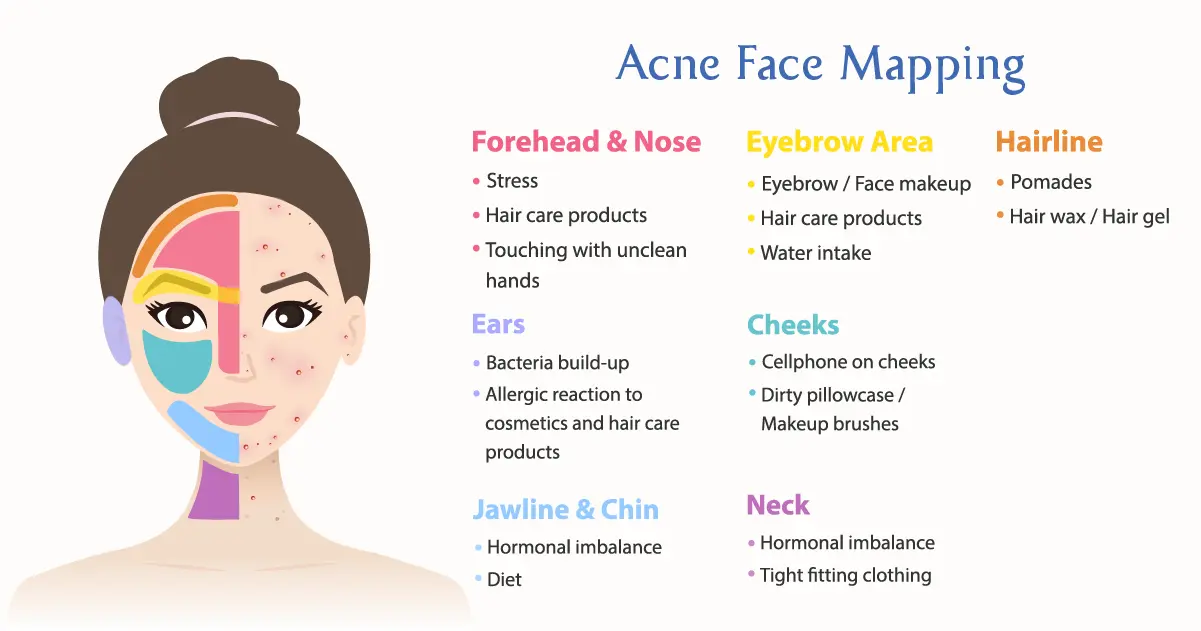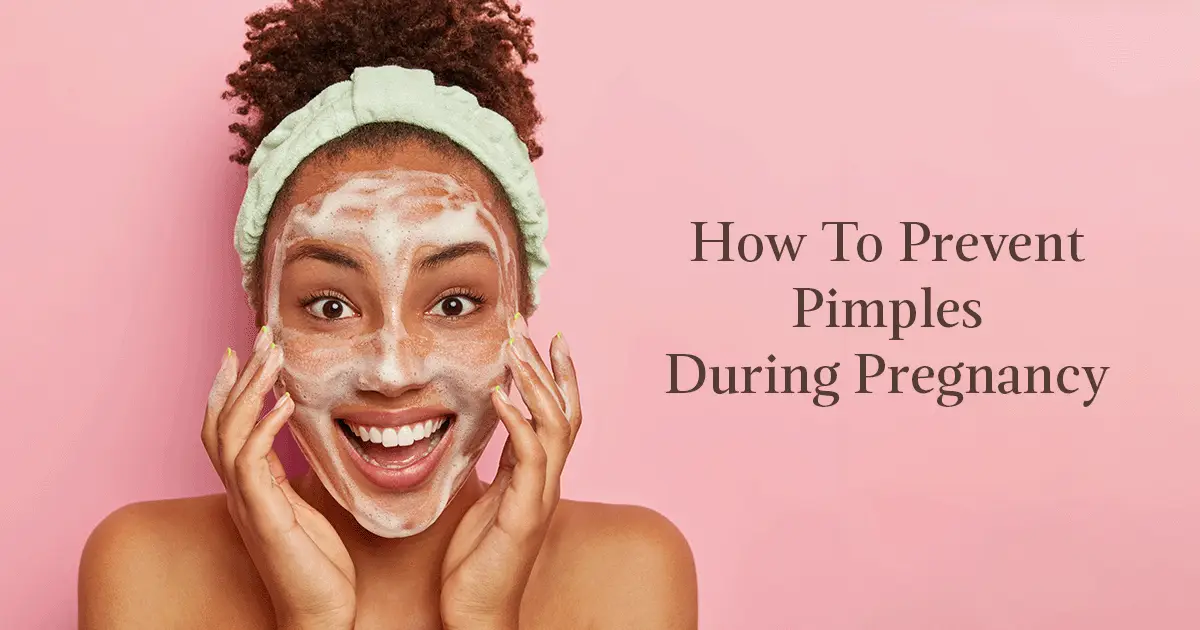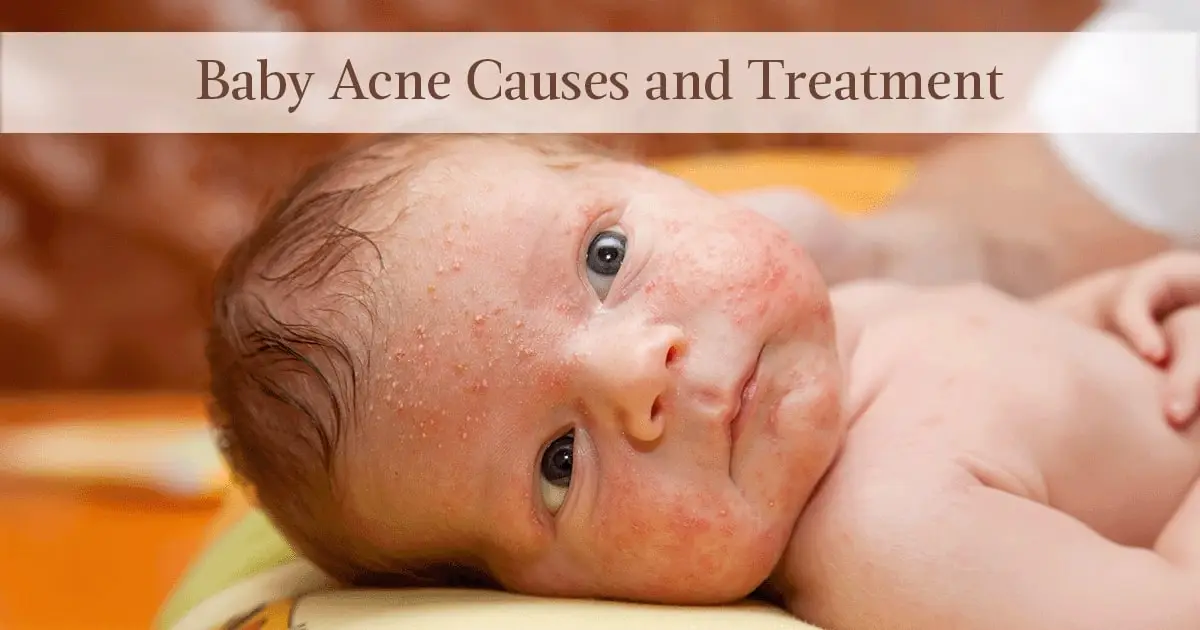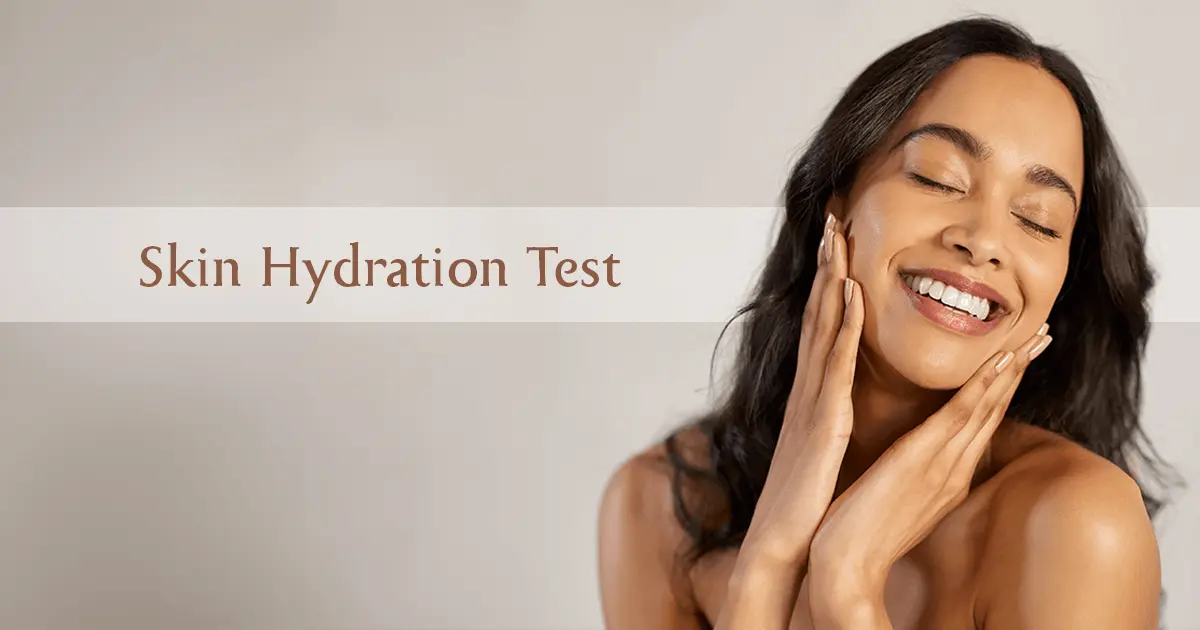
When acne hits the same place twice, it’s more than just bad skincare. Those pesky spots on your forehead, cheeks, or chin that keep returning? They’re not just coincidences — they’re indications to your body. Yep, you read that right!
Acne face mapping is a technique that reveals how your skin acts like a mirror, reflecting what’s happening inside your body. Each zone of your face relates to something deeper — stress, hormones, digestion, or even sleep.1 So, before you start fiddling with your skincare routine all over again, breathe. This guide is here to help you crack the code of your spots and tell you what your acne is actually trying to communicate.
Post Contents
[hide]
What Is Face Mapping?
Well, tell us what you think when you first hear “face mapping.” Does it sound like something that tells your personality just by reading your face? And if that’s so, then you’re not totally wrong to think. It does sound a lot like Chinese face reading (also known as mien shiang), which is all about understanding someone’s personality or skills just by looking at their face.1 2
But face mapping, on the other hand, is slightly different — though it also comes from Traditional Chinese Medicine. The idea here is that various parts of your face are linked to different internal organs of your body. For example, if you keep breaking out on your cheeks or chin, it could indicate problems like digestion, hormonal imbalances, or stress.1 2
However, there is no scientific backup for this in modern medicine. Some dermatologists believe it can offer clues, but others say acne is mostly about things like oil glands, bacteria, and inflammation.1
What Is Acne?
Acne starts when the pores on your skin get blocked with excess oil and dead skin. This can further lead to whiteheads, blackheads, or those annoying red pimples. It’s super common during teenage years, but it can also show up at any age.3
Acne Location: What Does It Mean?
Like we mentioned earlier—if a zit appears once and then goes away, it's probably not a big deal. But if it keeps appearing in the same place again and again, your skin might be dropping hints.1
Each area of your face is connected to other parts of your body and that’s what acne face mapping suggests.1 So those repeat breakouts? They could be little signals from the inside. Let’s break it down zone by zone and see what your skin might be hinting at.
1. Forehead & Nose
This is your T-Zone trouble area. This place tends to get oily quickly, which makes it a popular spot for acne. And this happens because the skin here has more oil glands. So when dirt, bacteria, and excess oil build up, they clog the pores. Some of these clogged pores stay closed (known as whiteheads), and some open up and turn dark when exposed to air (that’s a blackhead). Together, these are called comedonal acne.1 4
So what triggers this kind of acne? A few common reasons are:1 4
- Stress
- Using too many hair products
- Touching your face with unclean hands
- Wearing hats or helmets often
If you constantly get pimples on this zone, start managing stress and use over-the-counter products containing ingredients like salicylic acid.1 4
2. Chin & Jawline
This part of your face shows as a hormonal zone. If you often get breakouts around your chin and jaw, especially before periods or during puberty, it is most likely due to hormonal changes. In this region, the pimples are usually deeper, more painful, and take longer to go away. 1 5
Do you know why this happens? Well, when certain hormones (like androgens) spike, they push the oil glands to produce more oil than normal. That excess oil can clog pores and lead to breakouts around your chin and jawline.1 6
This kind of acne is super common during:1 6
- Menstrual cycles
- Teenage growth stage
- Stress or lifestyle shifts
- Times of hormonal imbalance
What can help:6
- Daily skin cleansing keeps oil and bacteria in check.
- Eat balanced meals. Also cut down on sugar, dairy, and processed foods, which may help you in the long run.
- If the acne persists, consult your dermatologist right away for personalised treatment.
3. Cheeks
It's very obvious that acne can show up here. For some, acne can be genetic, but for others, it's related to hygiene. You ask, how? So just think about your phone. You carry it everywhere with you: on your bed, in the bathroom, tossed on tables… and then it rests right on your cheeks during every call. That’s why it is said that your phone screen can carry more bacteria than a toilet seat. Germs, oil, and makeup mixing together? That’s a breakout waiting to happen.1 7
Even beauty lovers need to care for their skin, and that starts with clean makeup tools. If you want flawless skin, wash your makeup brushes regularly! Dirty brushes trap old makeup, oil, and bacteria, and when that gets pressed into your skin, your cheeks fight back with acne.1
In addition to all these, a diet high in sugar can spike your blood sugar levels, which can affect your skin and increase breakouts on your cheeks. So be careful about what you consume.7
4. Hairline & Temple
These are the areas you often overlook, but they can be breakout zones too. Have you ever noticed little breakouts popping up along your hairline or around your temples? That’s what some people call “pomade acne,” and it’s usually triggered by hair care products. Hair gels, serums, oils, or even shampoo can sometimes leave behind residue that clogs the pores. This is especially true if your products are heavy, greasy, or not rinsed off properly.1 8
To prevent this acne from developing, try these tips:1 9
- Switch to non-comedogenic (that does not clog pores) hair products.
- Make sure to wash your face after hair care, especially around the edges.
- Clean hats or headbands regularly if you use them often.
Tips To Treat & Prevent Acne Breakouts
To treat existing acne and prevent those stubborn breakouts from coming back, start with a few smart skin care habits:
1. Keep Your Hands Off Your Face
Whether deep in thought, working, or applying skincare, your hands always reach for your face. And guess what, they carry bacteria, oil, and dirt that can clog pores and cause breakouts. So as tempting as it is, hands off your face, please!10
2. Follow a Consistent Skincare Routine
Use a gentle cleanser, serum, non-comedogenic moisturiser, and sunscreen daily. Products with ingredients like salicylic acid, niacinamide, or benzoyl peroxide can really help.11
But if you're searching for safer alternatives, you can try our Skin Clarifying Serum, made with hyaluronic acid and Canadian Willowherb. This serum helps reduce skin redness in as little as 30 minutes while keeping the skin hydrated for up to 72 hours.
3. Clean Your Everyday Items
Disinfect your phone regularly. Wash your pillowcases and towels every week. Clean your makeup brushes at least once a week because they hold way more gunk than you think!11
4. Eat Smart
A healthy diet is what your skin reveals! So ditch sugar and highly processed foods, and only eat nutritious fruits, veggies, and foods.1
5. When In Doubt, See A Dermatologist
If breakouts are sticking around, feel super sore, or messing with your confidence, it’s a sign to check in with a skin expert. Dermatologists can hook you up with prescription treatments, or suggest options like light-based therapies or chemical peels—whatever your skin truly needs.12
The Final Say
The acne on your face reveals information about your health. And that’s the idea behind acne face mapping. While it’s not a sure-shot diagnosis, it offers hints to help you improve your skin health. So, keep these face mapping deets handy, follow a good skincare routine and healthy lifestyle habits if you want that flawless look you dreamt of!











